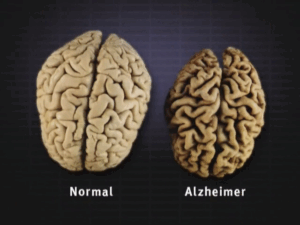Uncovering the real reason behind that everyday reflex
Every day, you blink over fourteen thousand times without even noticing (1)–much more than the amount of steps you take! (2) Oftentimes, the reflex may feel useless. However, blinking matters far more than you might think.
Every blink starts with a signal sent from the brain to the eyelids. The electrical signals are created in different regions of the brain such as the cortex, subcortex, and brainstem (3). From there, signals travel through a circuit of transport neurons until they reach the motor neurons which activate the eyelid muscles (4). One of the muscles, the orbicularis oculi, closes the eyelids, while the other, the levator palpebrae superioris, reopens them (3). All that happens every four seconds–but why?
Blinking helps us see the bigger picture–literally. A group of researchers found that blinks alter light patterns, creating a visual signal in our brain that changes our visual focus from one specific point to the overall scene in front of us (5). Blinks also spread layers of tears across the outer layer of the eyes, or the cornea, where dissolved oxygen is stored. These tears contain vital nutrients like proteins and electrolytes, allowing you to see. Additionally, the movement of the eyelid directly helps scrape debris off your eyes. If you don’t blink frequently, you risk dry eyelids and less oxygen going to the cornea, causing blurry vision and irritation to the eyes (1).
Overall, blinking doesn’t just close your eyelids–it plays an influential role in supporting and protecting your vision.
Bibliography
- Erica Hersh. (September 24, 2020), How many times do you blink in a day, Retrieved from https://www.healthline.com/health/how-many-times-do-you-blink-a-day
- Bethany Agusala. (August 1, 2025), Focusing on 10,000 steps per day could be a misstep, Retrieved from https://utswmed.org/medblog/how-many-steps-per-day/
- Matteo Bologna, Giulia Paparella, Josep Vanns-Sole, Mark Hallet, and Alfredo Berardelli. (February 22, 2024), Neural Control of Blinking, Retrieved from https://pubmed.ncbi.nlm.nih.gov/38447495/
- Oregon State University. (September 8, 2025), 13.4 Ventral Horn Output and Reflexes, Retrieved from https://open.oregonstate.education/anatomy2e/chapter/ventral-horn-output-reflexes/
- Lindsey Valich. (April 19, 2024), Why do we blink so much? Retrieved from https://www.rochester.edu/newscenter/why-blinking-eyes-is-important-visual-processing-599212/
- Getty Images. White Man’s Eyes Closed Stock Images. Retrieved from https://www.gettyimages.ca/videos/white-man-eyes-closed






Comments are closed.